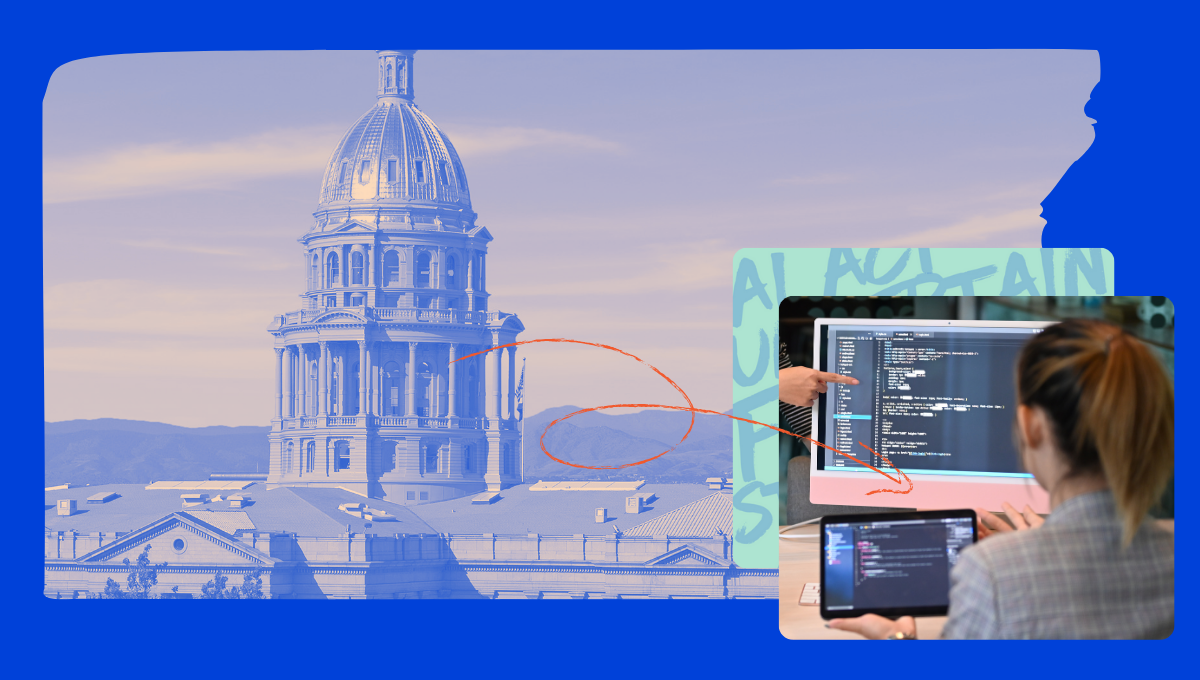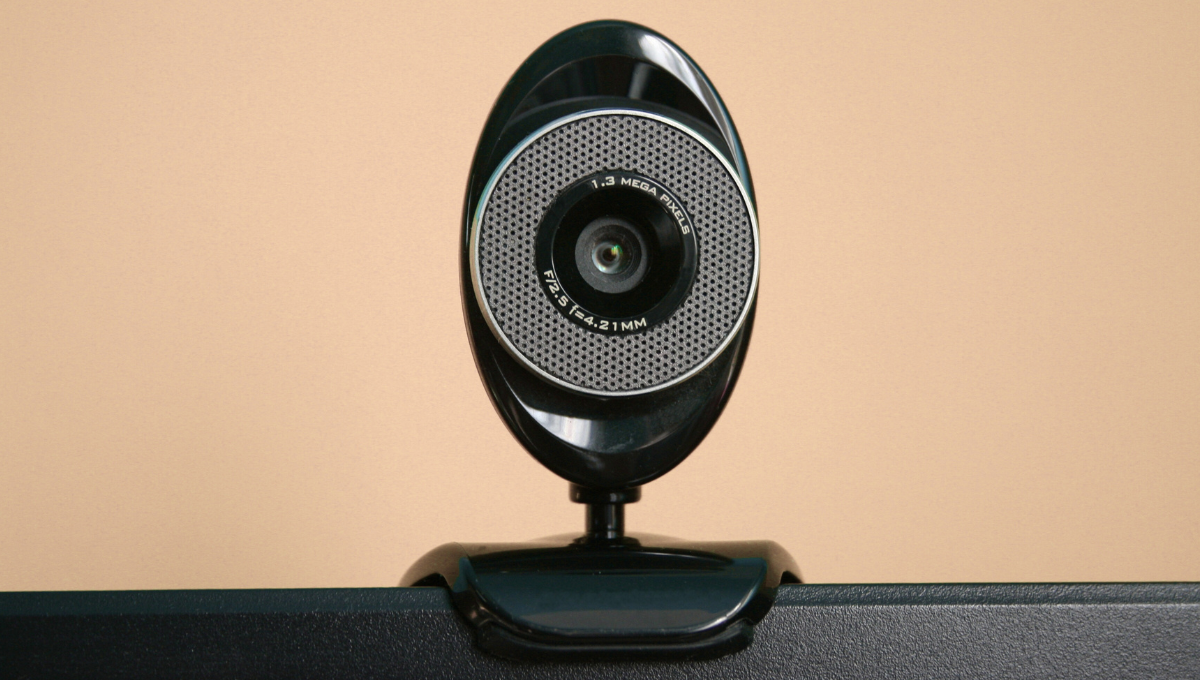Companies are using algorithms to charge you more

Between 2020 and 2024, U.S. food prices rose by about 23%, and the price of meat, specifically, is sky-high. Why?
Last year, the U.S. Department of Justice brought a lawsuit against Agri Stats, a data analytics and consulting company, for using tech to enable major chicken, pork, and turkey processors to maintain inflated prices.
This is an example of algorithmic price fixing, and it isn’t limited to meat and groceries. Throughout history, companies that should be competitors have talked in smoky backrooms and over secretive phone calls to coordinate price hikes, increasing their profits.
Now tech enters the picture, empowering companies to price-fix at a speed and scale not seen before. This is how they’re doing it.
Check out our pricing exploitation 101 blog to learn about other ways companies are able to use tech to raise prices on consumers to fill their pockets.
What is price fixing?
Price fixing is when competitors make an agreement (written, verbal, or inferred from conduct) to raise, lower, maintain, or stabilize prices. This practice has been a federal offense in the US since the passage of the Sherman Antitrust Act of 1890.
One of the key components of a healthy market is competition. In perfect economic competition, companies have to balance making a profit with keeping prices low and product quality high in order to attract more customers than other companies.
However, when companies coordinate with their competitors on prices (i.e., price fixing), they’re able to manipulate the cost of goods and services to maximize prices and, thus, profits.
Despite it being illegal, companies still try to fix prices to this day—and they sometimes get away with it. For instance, a recent lawsuit alleges that current cardboard container producers and their predecessors have engaged in anticompetitive behavior, such as price fixing, for more than 85 years.
How does tech enter the picture?
So price fixing is nothing new. What is new is how technology, like pricing software, is greasing the wheels.
Pricing software isn’t inherently anti-competitive. These tools can help businesses, small and large, determine how much to price their items or services based on a litany of factors, including market demand, competition, costs, historical sales data, and other parameters.
But what happens when competitors in a market all use the same software?
A 2024 study of retail gas pricing practices in Germany sought to answer that question. Researchers found that when one gas company used pricing software at its stations, it didn’t boost profits. But once two or three firms started using the same algorithm at their gas stations, all of the parent companies had higher profit margins.
This is because their means of pricing isn’t competitive; it’s all the same. The software’s programmed goal is to maximize profit, and so it’s going to recommend price hikes in lock-step with other price hikes. And it’s able to do so in an instant.
What is unique about algorithmic price fixing?
Speed and scale are both integral to the success of pricing software and are what make algorithmic price fixing particularly dangerous.
Like in April 2022, when a sports bar owner in Washington, D.C. received an email stating that the four major frozen potato suppliers to restaurants nationwide were increasing their prices by 12 cents per pound. This wasn’t a coincidence. They were all using a third-party pricing tool called “PotatoTrac,” which collects real-time data and automatically adjusts prices.
In this example, the four companies owned roughly 97% of the industry and all agreed to use this software. But not all instances of algorithmic price fixing are this crystal-clear, like in the case of RealPage.
RealPage is currently being sued by the US Justice Department under accusations that its rent-setting software, which uses a combination of public and private data to suggest rent prices, facilitated price fixing. Both RealPage employees and landlords have argued that there was no “intent” to collude and that the rental market is big and diverse, so there couldn’t be the same collusion as in, for instance, the potato industry.
That’s another key aspect of the danger of algorithmic price fixing: secrecy. Competitors don’t need to speak to each other directly. Instead, they can utilize the recommendations provided by the same pricing software and the company that developed it. Because of this, it can be difficult to prove price fixing in court.
A judge threw a similar case to RealPage—this time with pricing software for hotels—last year. Antitrust attorney Kenneth Racowski said, “The rulings so far have set the bar very high. The RealPage case was able to clear that bar, but it might prove to be the exception.”
How is this impacting people’s everyday lives?
The White House’s Council of Economic Advisers estimated that anticompetitive pricing costs renters in algorithm-utilizing buildings cost renters $3.8 billion in 2023, at least $70 more a month on average. This same research shows that a $100 increase in median rent is associated with a 9% increase in homelessness.
It’s important to note that landlords sometimes charge tenants more to pay off the high costs of the rent-setting software. So tenants are being forced to pay for the tool that is then used to increase their rents.
We are also seeing this impact the cost of healthcare—a vital service that many Americans already lack access to. Right now, there’s a lawsuit alleging that MultiPlan (recently renamed Claritev)—a tech company that helps health insurance companies reduce costs—and its clients participated in price fixing.
Multiple insurers use MultiPlan’s algorithm that recommends how much insurers should pay out to cover the cost of people’s out-of-network treatments. The lawsuit purports that using this algorithm, insurers were able to push more costs onto individuals than if they calculated the balance separately.
All of this is happening as wages stagnate and people are struggling to pay the higher and higher prices on their basic necessities. That’s not a coincidence.
From gig platforms to hospital systems, companies are also experimenting with algorithmic wage fixing. Similar to algorithmic price fixing, this software enables companies to vary wages to increase profit while hiding behind an algorithm.
What can we do about it?
We’re already in the middle of an affordability crisis. If we’re going to take it on and eventually get to a place where people can afford the everyday necessities, we need to tackle algorithmic price fixing.
Some cities have already begun this work, like San Francisco, which became the first city in the U.S. to ban automated rent fixing tools.
Last year, the California Law Revision Commission released its working group report on AI’s impact on anticompetitive corporate practice and possible guardrails to push back against it. And we gave public comment asserting that collusive price fixing schemes should be prohibited, regardless of whether the data is public or non-public.
We’re also co-sponsoring the Preventing Price Fixing Act (AB 325), which would update California’s antitrust laws to address modern digital tools used for illegal price fixing. The bill was passed out of its house of origin and is now moving through the California Senate. California Attorney General Rob Bonta even voiced his support.
Sign up for our newsletter to get the latest updates on our algorithmic price-fixing work, as well as how you can help.
Has algorithmic price fixing impacted you? You can also contribute to our work by sharing your story. By sharing your experience, you can help lawmakers understand why they should support these bills to protect everyday people.
Share your story about price fixing
Have you seen examples of tech-driven price fixing in your life? We want to hear your story.
"*" indicates required fields





